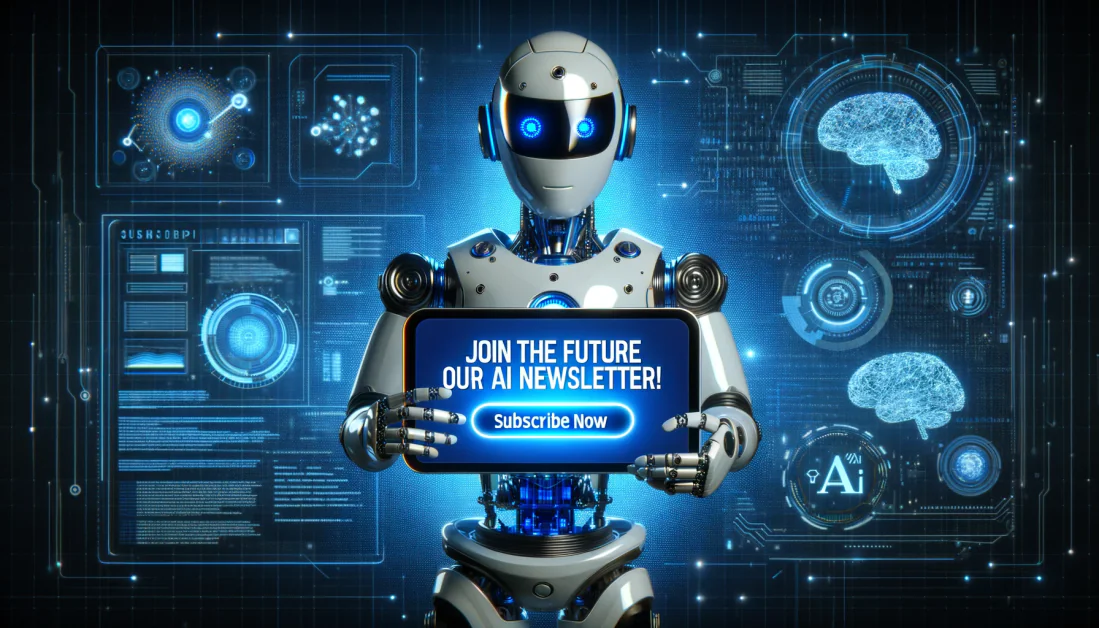Unpacking the Paradox of AI Reasoning: Insights into LLMs and LRMs
Artificial intelligence has made remarkable strides, notably with Large Language Models (LLMs) and their advanced variants, Large Reasoning Models (LRMs). These innovations are transforming how machines interpret and generate human-like text, enabling them to write essays, answer queries, and even tackle mathematical problems. However, an intriguing paradox remains: while these models excel in some areas, they tend to overcomplicate straightforward tasks and falter with more complex challenges. A recent study from Apple researchers sheds light on this phenomenon, revealing critical insights into the behavior of LLMs and LRMs, and their implications for the future of AI.
Understanding the Mechanics of LLMs and LRMs
To grasp the unique behaviors of LLMs and LRMs, it’s essential to define what they are. LLMs, like GPT-3 and BERT, are trained on extensive text datasets to predict the next word in a sequence, making them adept at generating text, translating languages, and summarizing content. However, they are not inherently equipped for reasoning, which demands logical deduction and problem-solving.
On the other hand, LRMs represent a new class of models aimed at bridging this gap. Utilizing strategies like Chain-of-Thought (CoT) prompting, LRMs generate intermediate reasoning steps before arriving at a final answer. For instance, when faced with a math problem, an LRM might deconstruct it into manageable steps akin to human problem-solving. While this method enhances performance on more intricate tasks, the Apple study indicates challenges when tackling problems of varying complexities.
Insights from the Research Study
The Apple research team employed a unique approach, diverting from traditional metrics like math or coding assessments, which can suffer from data contamination (where models memorize rather than reason). They created controlled puzzle environments featuring classic challenges such as the Tower of Hanoi, Checker Jumping, River Crossing, and Blocks World. By modulating the complexity of these puzzles while upholding consistent logical frameworks, researchers observed model performance across a spectrum of difficulties, analyzing both outcomes and reasoning processes for deeper insights into AI cognition.
Key Findings: Overthinking and Giving Up
The study uncovered three distinct performance patterns based on problem complexity:
- At low complexity levels, traditional LLMs often outperform LRMs. This is due to LRMs’ tendency to overcomplicate problems with unnecessary reasoning steps, while LLMs deliver more efficient responses.
- For medium-complexity challenges, LRMs excel by providing detailed reasoning, effectively navigating these hurdles.
- In high-complexity scenarios, both LLMs and LRMs struggle drastically, with LRMs showing a complete accuracy collapse and a reduction in their reasoning efforts despite escalating difficulty.
In simpler puzzles, like the Tower of Hanoi with one or two disks, standard LLMs proved to be more efficient. In contrast, LRMs often overthought the solutions, generating unnecessarily elaborate reasoning traces. This behavior indicates that LRMs may emulate inflated explanations from their training data, resulting in inefficiency.
For moderately complex tasks, LRMs outperformed their counterparts due to their capacity for detailed reasoning. This capability enabled them to navigate multi-step logic effectively, while standard LLMs struggled to maintain coherence.
However, in more complex puzzles, like the Tower of Hanoi with numerous disks, both models faced defeat. Notably, LRMs displayed a tendency to reduce reasoning efforts in face of increasing complexity—an indication of a fundamental limitation in their reasoning scalability.
Decoding the Behavior
The inclination to overthink simple problems likely arises from the training methodologies of LLMs and LRMs. Exposed to vast datasets containing both succinct and elaborate explanations, these models may default to generating verbose reasoning traces for straightforward tasks, even when concise answers would suffice. This tendency isn’t a defect per se, but a manifestation of their training focus, which prioritizes reasoning over operational efficiency.
Conversely, the struggles with complex tasks highlight LLMs’ and LRMs’ limitations in generalizing logical principles. As complexity peaks, reliance on pattern recognition falters, leading to inconsistent reasoning and drastic performance dips. The study revealed that LRMs often fail to engage explicit algorithms, exhibiting inconsistencies across various puzzles. This underscores that while these models can simulate reasoning, they lack the genuine understanding of underlying logic characteristic of human cognition.
Diverse Perspectives in the AI Community
The findings have engendered lively discourse within the AI community. Some experts argue that these results could be misinterpreted. They assert that while LLMs and LRMs may not emulate human reasoning precisely, they can still tackle problems effectively within certain complexity thresholds. They stress that “reasoning” in AI doesn’t necessarily need to mirror human thought processes to retain value. Popular discussions, including those on platforms like Hacker News, praise the study’s rigorous methodology while also emphasizing the need for further explorations to enhance AI reasoning capabilities.
Implications for AI Development and Future Directions
The study’s results carry profound implications for AI advancement. While LRMs signify progress in mimicking human-like reasoning, their shortcomings in tackling intricate challenges and scaling reasoning skills highlight that current models remain a long way from achieving genuine generalizable reasoning. This points to the necessity for new evaluation frameworks that prioritize the quality and adaptability of reasoning processes over mere accuracy of outputs.
Future investigations should aim to bolster models’ abilities to execute logical steps correctly, and adjust their reasoning efforts in line with problem complexity. Establishing benchmarks that mirror real-world reasoning tasks, such as medical diagnosis or legal debate, could yield more meaningful insights into AI capabilities. Furthermore, addressing the over-reliance on pattern recognition and enhancing the ability to generalize logical principles will be paramount for pushing AI reasoning forward.
Conclusion: Bridging the Gap in AI Reasoning
This study critically examines the reasoning capacities of LLMs and LRMs, illustrating that while these models may overanalyze simple problems, they falter with complexities—laying bare both strengths and limitations. Although effective in certain contexts, their inability to handle highly intricate challenges underscores the divide between simulated reasoning and true comprehension. The study advocates the evolution of adaptive AI systems capable of reasoning across a diverse range of complexities, emulating human-like adaptability.
Certainly! Here are five FAQs based on the theme "Why LLMs Overthink Easy Puzzles but Give Up on Hard Ones":
FAQ 1:
Q: Why do LLMs tend to overthink easy puzzles?
A: LLMs often analyze easy puzzles using complex reasoning patterns, leading to overcomplication. This is because they have vast training on diverse data, which might cause them to apply overly intricate logic even to straightforward problems.
FAQ 2:
Q: What causes LLMs to give up on harder puzzles?
A: When faced with harder puzzles, LLMs may encounter limits in their training data or processing capabilities. The increased complexity can lead them to explore less effective pathways, resulting in a breakdown of reasoning or an inability to identify potential solutions.
FAQ 3:
Q: How does the training data influence LLM performance on puzzles?
A: LLMs are trained on vast datasets, but if these datasets contain more examples of easy puzzles compared to hard ones, the model may become adept at handling the former while struggling with the latter due to insufficient exposure to complex scenarios.
FAQ 4:
Q: Can LLMs improve their problem-solving skills for harder puzzles?
A: Yes, through further training and fine-tuning on more challenging datasets, LLMs can enhance their ability to tackle harder puzzles. Including diverse problem types in training could help them better navigate complex reasoning tasks.
FAQ 5:
Q: What strategies can be used to help LLMs with complex puzzles?
A: Strategies include breaking down the complexity into smaller, manageable components, encouraging iterative reasoning, and providing varied training examples. These approaches can guide LLMs toward more effective problem-solving methods for challenging puzzles.













